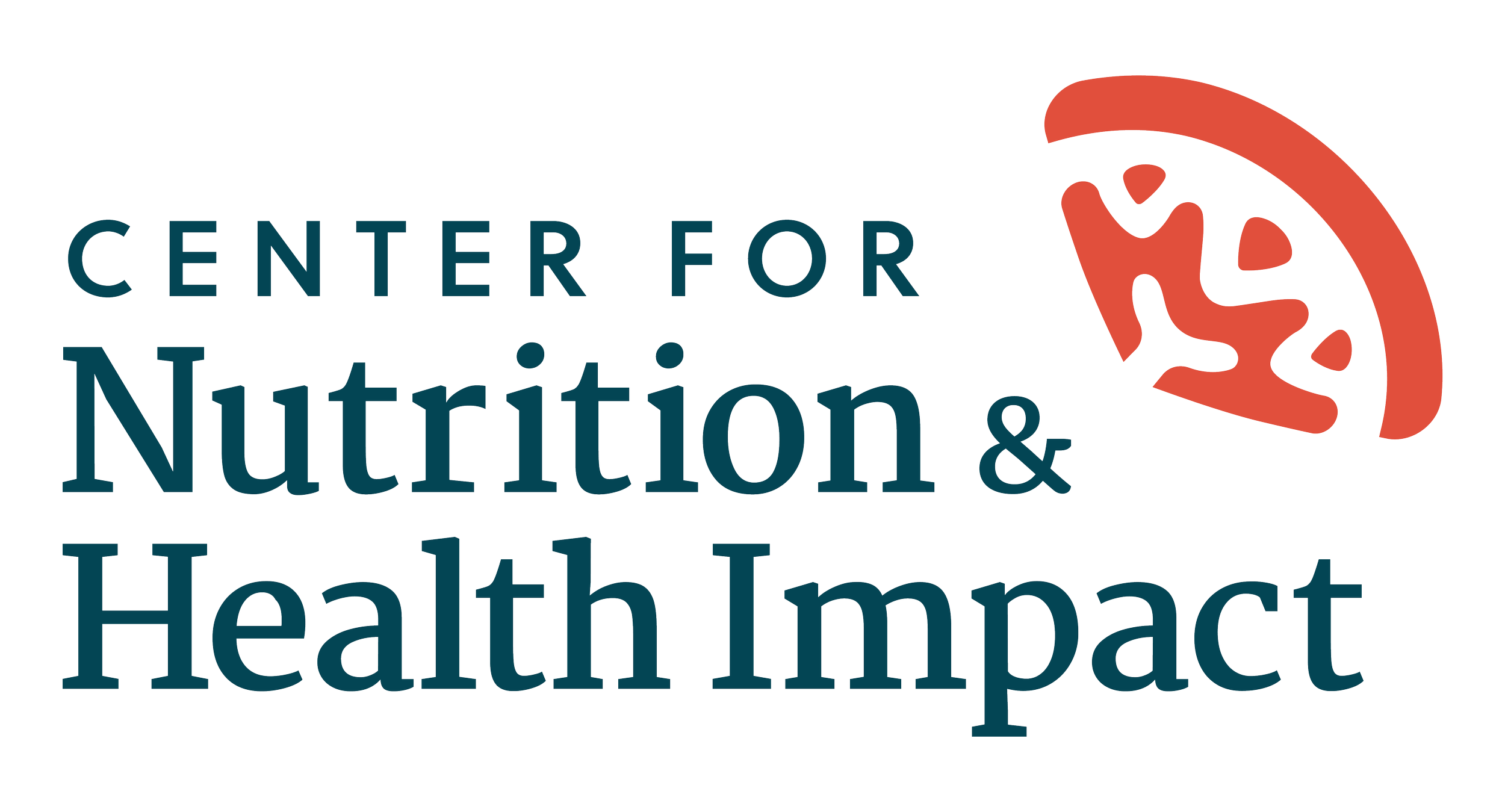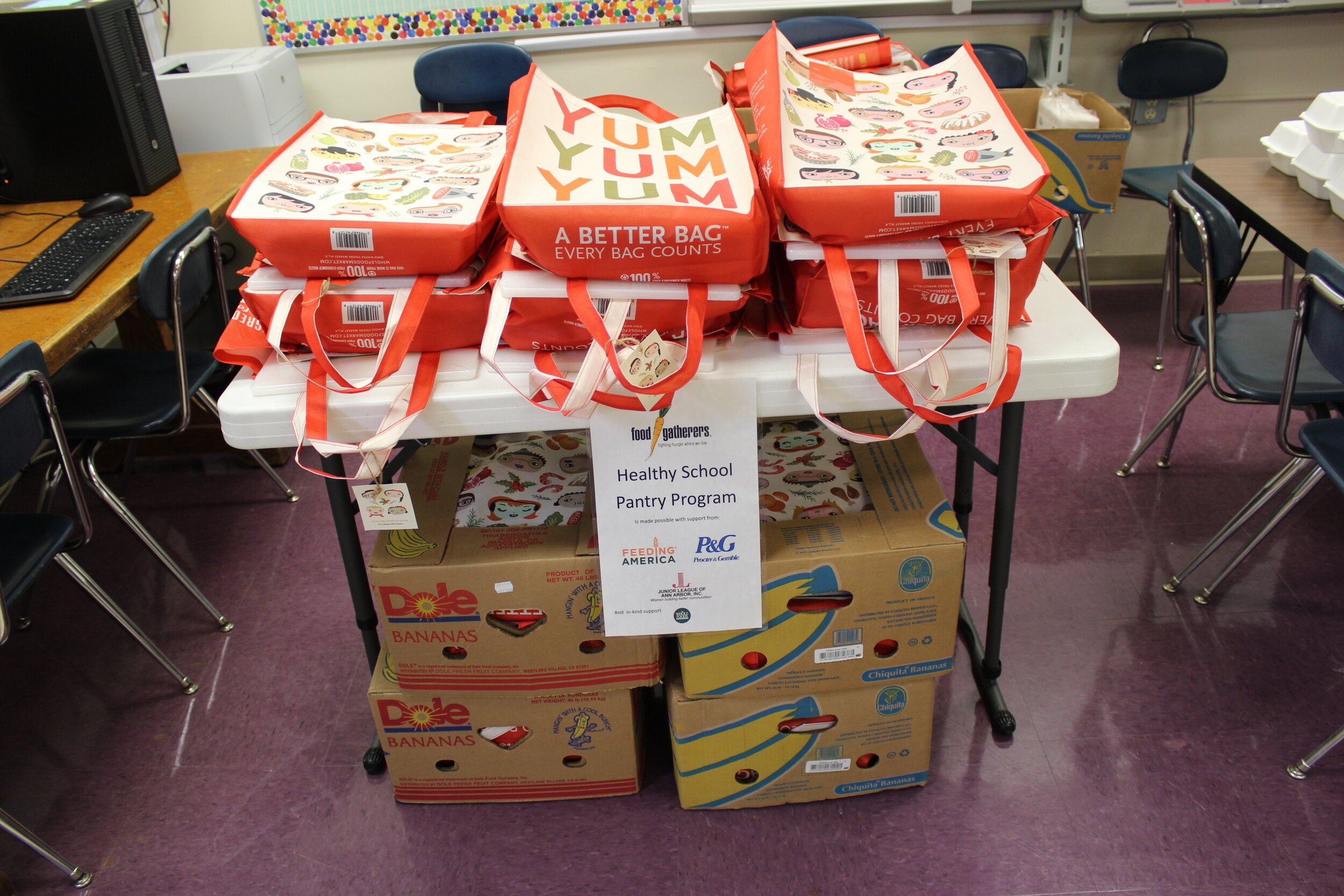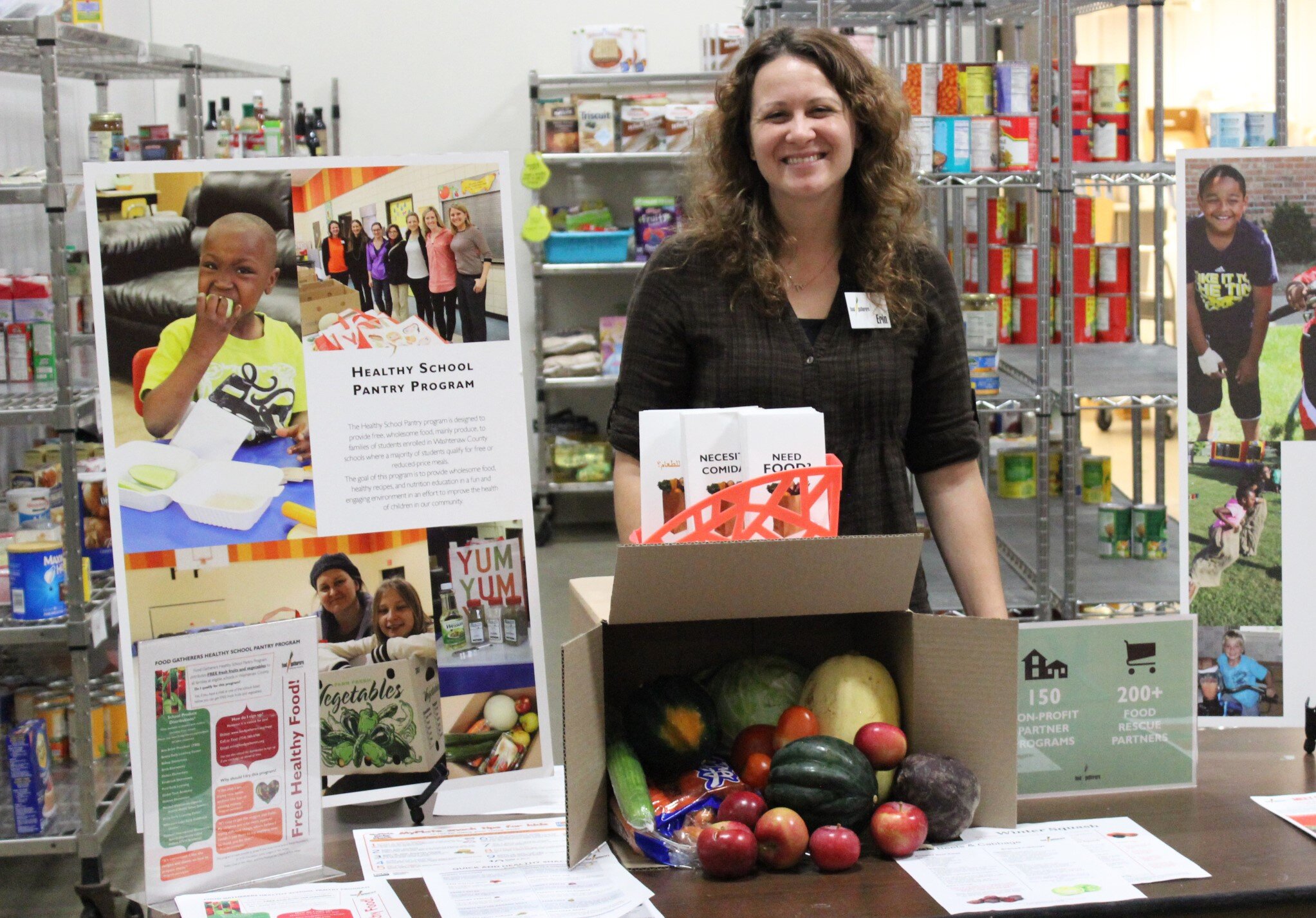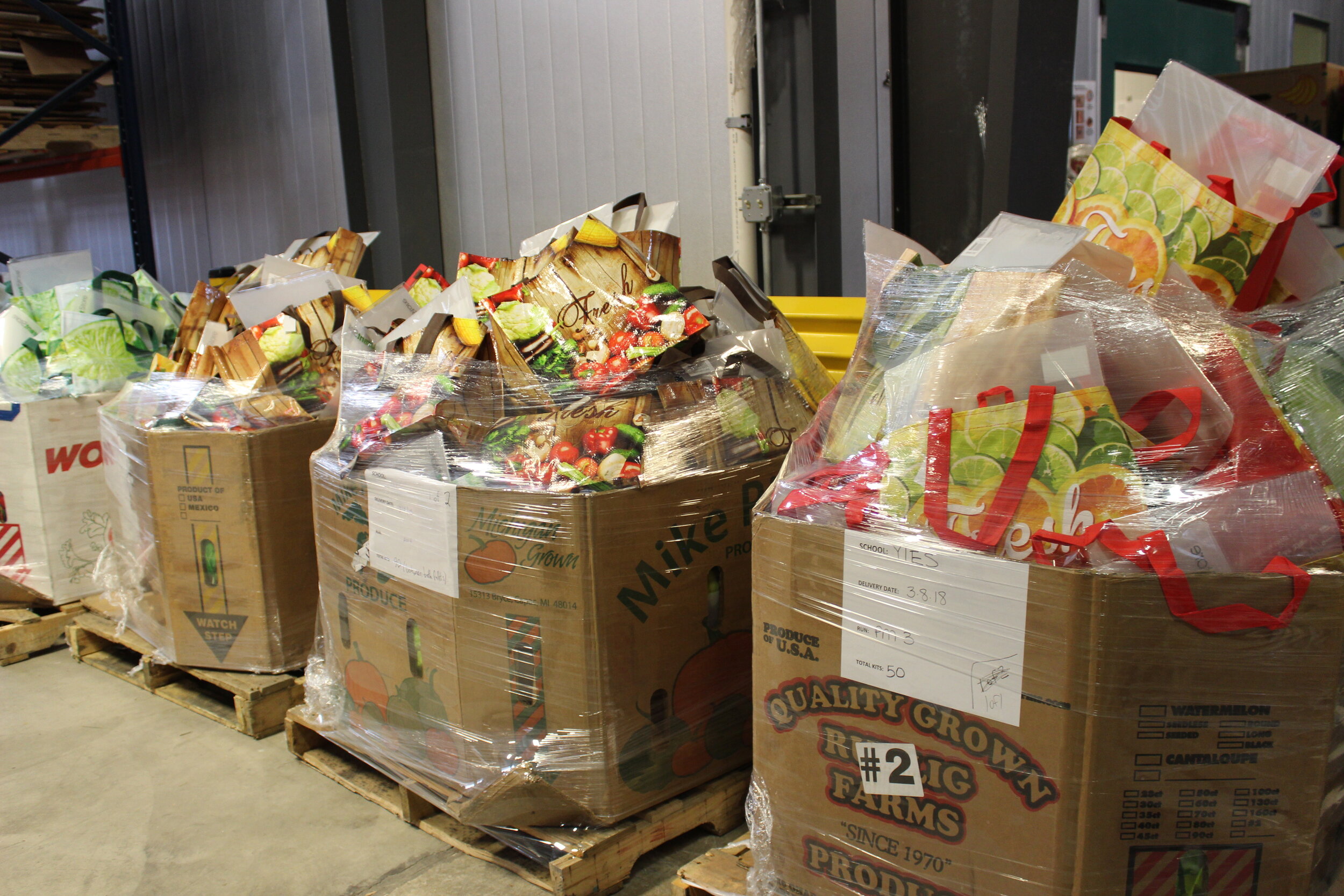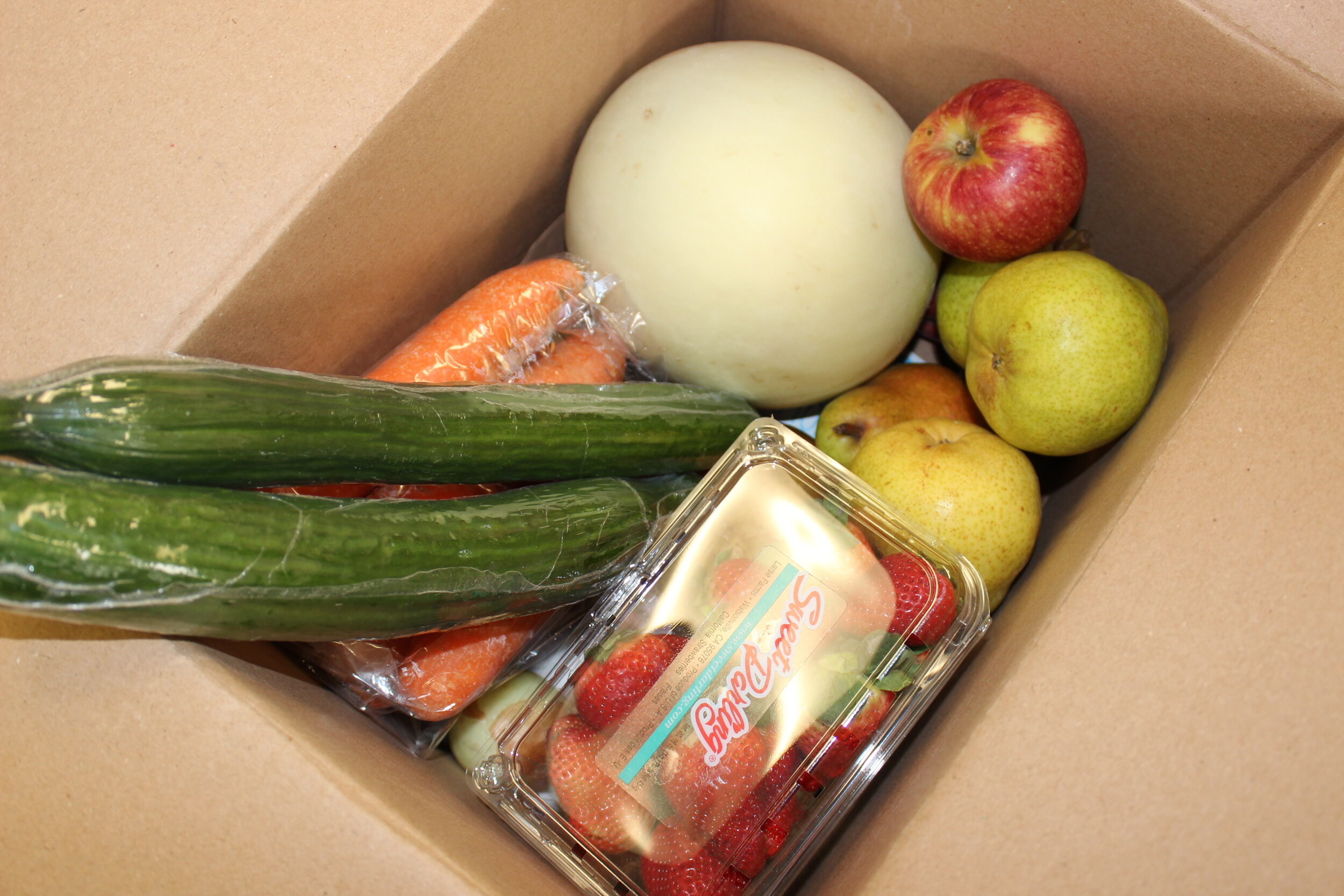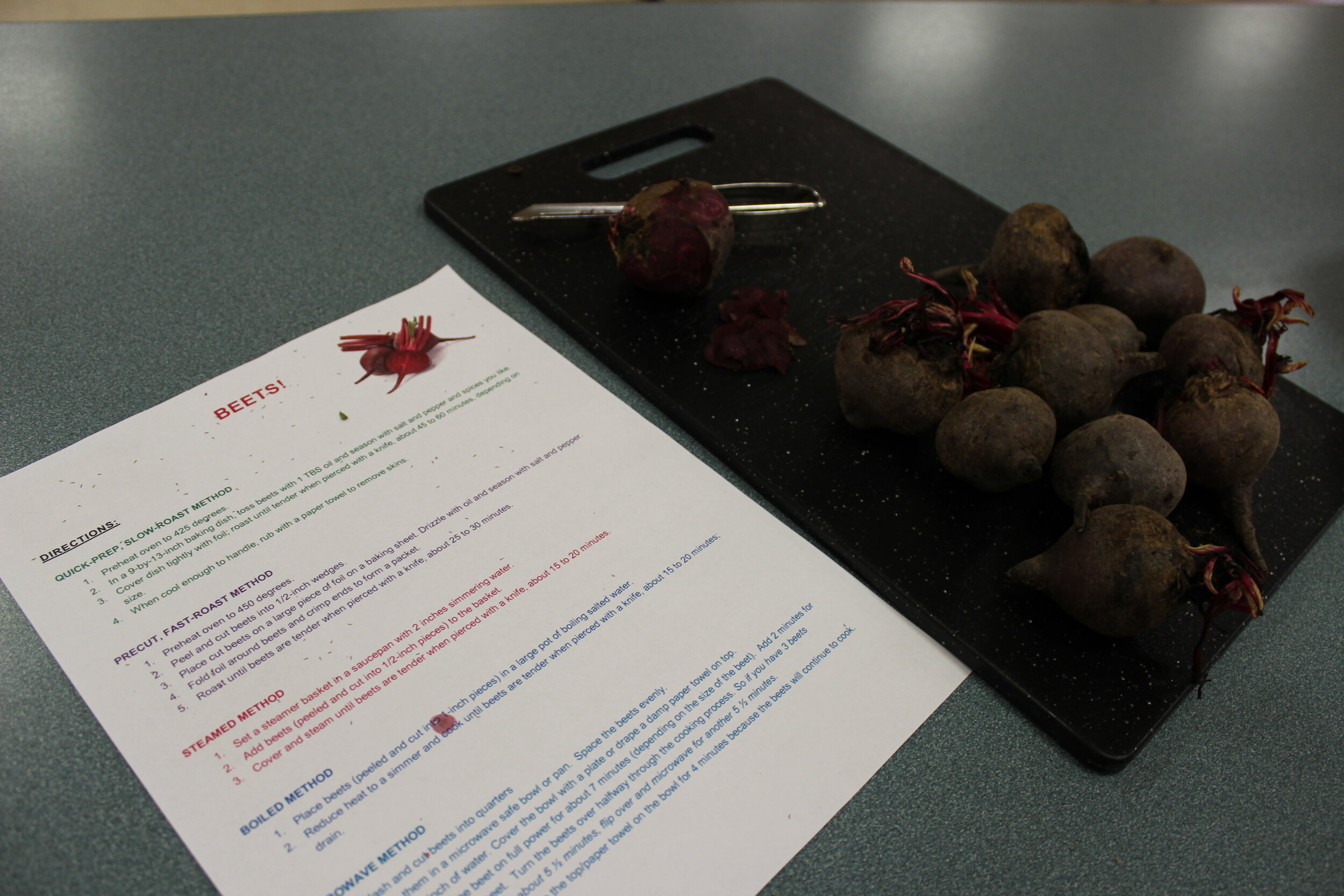Food Gatherers
Ann Arbor, Michigan
Support evaluation work on the Healthy School Pantry Program which currently operates using a box mechanism, but will pilot an on-site pantry during the 2019-2020 school year at several schools already participating in the program. The funding and partnership from the Rooted in Evidence grant will help Food Gatherers strengthen their internal evaluation skills, in order to learn the nutritional, economic and psychosocial benefits of the HSPP to participating families and the degree to which school pantries alleviate the stress of food insecurity. In addition, Food Gatherers hopes to learn the extent to which the HSPP is meeting an unmet need that isn’t fulfilled by other programs and why families choose to participate, not participate and/or stop participating. The HSPP provides parents an easy way, with no financial risk, to incorporate more fruits and vegetables, and have their kids try new items at home.
Funded Program
During the 2018-2019 school year, the program operated using various methods for food distribution and was implemented in 16 high-need schools and reached more than 1,000 kids and 500 families each month. Although the program primarily reaches families with low incomes, any family can participate, with no application or eligibility criteria.
During the 2019-2020 school year, Food Gatherers added a new school partner and now has 17 schools participating in the HSPP. Nine schools distribute monthly produce boxes that include about 20 pounds of fresh produce, recipes and nutrition education information sheets. Four schools have brick and mortar choice pantries where families choose their own foods, including non-perishable and perishable items, and can access the pantry during school hours as often as needed. Two more schools provide a just-in-time choice food distribution allowing families to choose among different food items that are set out on tables. The final two schools have both monthly produce boxes and brick and mortar pantries. Parents typically pick up the foods at their child’s school. Brick and mortar, just-in-time, and choice pantries may restrict some items that are in limited supply.
Q&A with Food Gatherers’ Program Evaluator Larry Sanna, PhD:
What about the Healthy School Pantry Program excites you most?
We are helping to serve a population that is one of the most vulnerable to food insecurity, children. By providing greater access to healthy food in a convenient, familiar and less stigmatizing environment, Food Gatherers can increase our outreach to those in need but who otherwise may be underserved in a more traditional food pantry setting.
What do you want to know most about the Healthy School Pantry Program and its impacts?
How we can better serve our clients, and our pantries. We are evaluating several components of pantry service, such as whether they provide pre-boxed food or choice pantry shopping, while assessing how clients and staff feel about the quality and quantity of food, hours and locations of the pantries, and economic and social benefits to families.
What will data collection entail over the next six months?
We are evaluating our school pantries at the beginning and end of the 2019-2020 school year to track any changes in food insecurity, as well as other factors such as trade-offs families may make between buying food and paying for other necessities like health care or utilities. To this end, our first wave of survey data collection is almost completed and we will be doing follow-ups in April and May of 2020. We will also conduct interviews with clients, and pantry and food bank staff, during the intervening time.
What was your biggest take away from the Omaha kick-off meeting?
Having the opportunity to meet the other grantees in-person, as well as staff at GSCN, and learning about all of the interesting work that’s being done by food banks in other parts of the country. Although we all shared the global goal of trying to eliminate food insecurity, each food bank was also pursuing uniquely innovative ways to accomplish this task.
How has GSCN’s evaluation expertise and technical assistance benefited your organization so far?
GSCN’s staff has served as an important sounding board for our ideas, as well as suggesting new directions to our evaluation. The expertise of GSCN has benefitted Food Gatherers from initial conceptualization to refining our measures and data collection, and later will assist in data analyses. This has also benefitted me personally since, although I have a pretty extensive research background, I have less experience with program evaluation research.
What are you hoping to do with the results of the evaluation? What is the next step?
We are trying to determine what’s working well, and perhaps not so well. Knowing more about what’s working well will allow Food Gatherers to help all of our pantries do better by pointing them to what some of the best pantries are doing. Knowing more about what may not be working so well will help us avoid any pitfalls and to suggest improvements where needed. Although our HSPP has been very well received we are always trying to do even better.
About Food Gatherers
Food Gatherers is the food bank and food rescue program serving Washtenaw County in Southeast Michigan. They provide food, training and support to 170 partner programs, and reach an estimated 44,500 individuals each year. Direct service programs managed by Food Gatherers include a Healthy School Pantry Program in partnership with K-12 schools, a Community Kitchen at the homeless shelter and the Summer Food Service Program that provides meals to kids in the summer. The food bank has a nutrition policy to source and distribute healthier choice items, and more than 60% of the food distributed by Food Gatherers is protein or fresh produce.
Mission: Alleviate hunger and eliminate its causes in our community.
